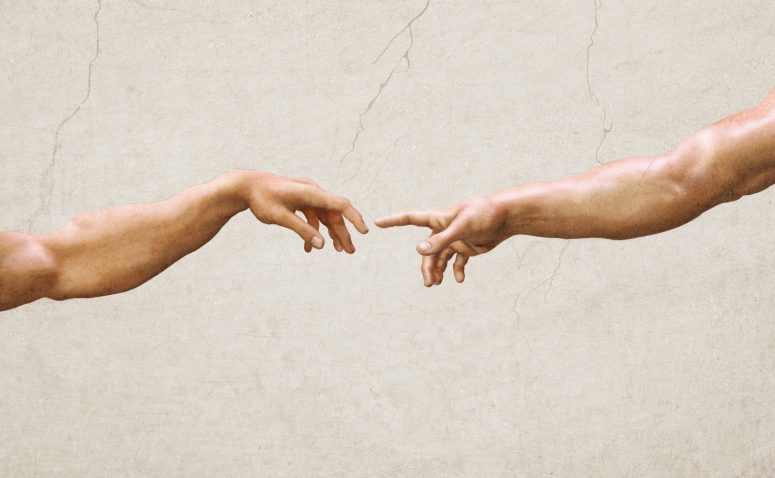
Courtesy Shutterstock
I like rankings. Although imperfect, they quickly prioritize the best things in life. At least those that the widest number of people recommend seeing, doing, and experiencing.
After seeing this ambitious list, top 10 greatest things ever (as voted by the internet), I thought to myself, “Oh, this should be interesting or funny.” But it was actually quite good!
Although movies and books should have cracked the list, I think the voters got this 90% right. Here’s my slight re-ording plus commentary: Continue reading…
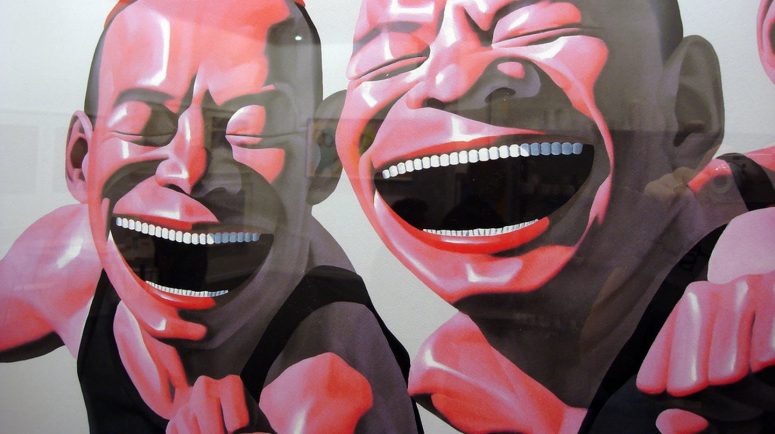
Courtesy Yue Minjun
Over the years I’ve observed first-hand how great art often comes from the most tormented people. Musicians, movie stars, writers, entrepreneurs.
As I’ve written before, to become an icon (if not achieve worldwide greatness), you have to sacrifice just about everything else in life, which often makes said person a one-dimential, incredibly driven, and often sociopathic.
Is it possible, however, for happy, well-balanced, and/or multi-dimensional people to create great art? Joseph Berger, an artist from New York, sure thinks so.
“The perpetuation of the long suffering mythology of art is a thing which makes me unhappy,” he writes. “It is promulgated by people who have either never suffered enough to really know what suffering is, or otherwise by happy idiots who have never done a worthwhile thing in their lives, and by people who watch way to much TV or its equivalent, and buy the shopworn notion of art and artists, which predicates itself on a cultural aesthetic that is arcane at best, and insulting to the very fabric of the quality of mind that art does require. Art has nothing to do with any single emotional state of being. Art is thing that people do, just the same as feelings of all sorts are things that we each experience. And I am far more concerned about the state of mind of the person driving a car on a highway in vicinity of mine, and how their emotional state affects their driving in the moment than I am about how it affects their art.”
As a self-prescribed multi-dimentional, well-balanced, and happy artist, I sure hope so.
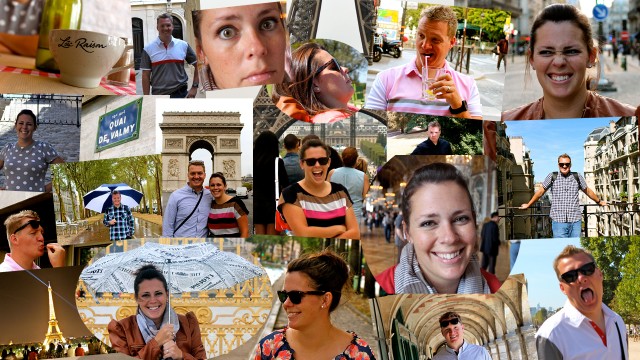
The story first published to blakesnow.com in the fall of 2012
With the help of two babysitting grandmas, a good job, and lots of decisiveness, Lindsey and I vacationed in Paris this year for her birthday. It was our first time to Yurp. (And I thought Boston was old!)
Travel bragging aside, I learned several things on the trip, including a few reoccurring generalizations. They are as follows: Continue reading…

Michelle Obama and all others courtesy Platon
Since the turn of the century, Platon has made a name for himself (a single one at that!) for his telling portraits of celebrities, especially politicians. As a fan of his work, these are my favorites: Continue reading…
As I’ve said before, Heather Smith’s art is creative, meticulous, and “non-machine,” something I believe an increasing number of people will value in an overly processed digital world.
She just opened a store of hand-drawn greeting cards, wrapping paper, silhouettes, and canvas tote bags. I hope consider, dig, and buy them as much as I do.
Disclosure: Heather is my sister-in-law, but nepotism this talented must be rewarded.
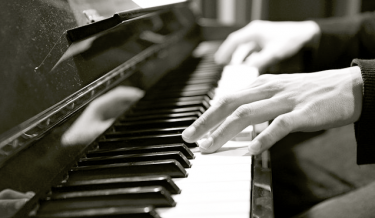
Photo: Nayu Kim
What does it take to be really good — if not great — at something?
A lot depends on the skill or event. For instance, “In expert tennis, 80% of the points are won, while in amateur tennis, 80% are lost,” says economist Eric Falkenstein. “The same is true for wrestling, chess, and investing: Beginners should focus on avoiding mistakes, experts on making great moves.”
The first step towards mastering a skill, then, lies in assessing whether the ability observes rigid rules or not. Knowing that will help you prioritize deliberate practice over taking creative liberties and vice versa. So if the rules never change, like in classical music or mathematics, you can “out-study” the competition to make it to the top.
But in less structured fields — such as entrepreneurship, rock and roll, and other humanities — taking creative risks or “making great moves” as Falkenstein says takes precedence. It’s the fastest way to greatness. In other words, strict standards reward mastery first. Unregulated skills reward creativity more.
Of course, many disciplines demand both mastery and risk-taking to become great, not to mention raw talent. But knowing where to start — whether by mastery or creativity — is half the battle.
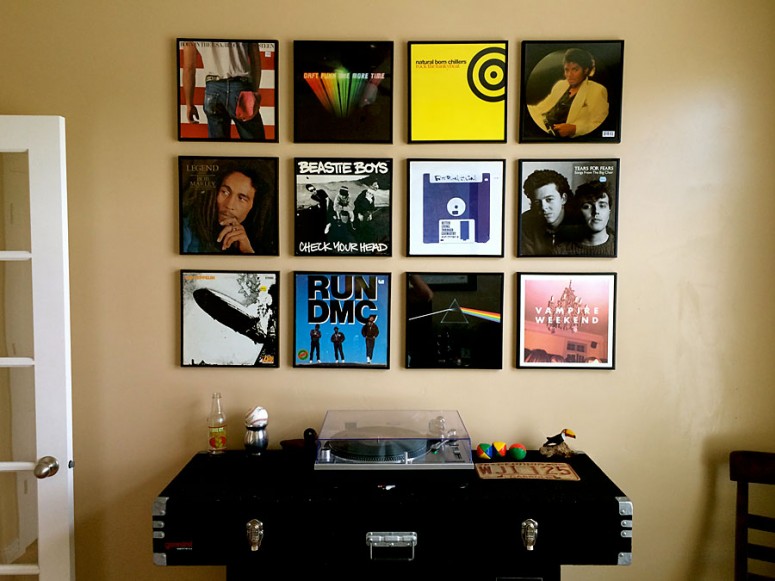
Photo: Blake Snow
For anyone with an intermediate understanding of graphic design, you’ll know that some shapes look better when visually centered as opposed to mathematically centered. I thought that truth would hold up over the weekend while hanging square records on my office wall. It didn’t.
As eagle-eyed readers will notice, the right side of the montage is a fourth of an inch lower than the left. I had my pencil, level, helpmeet (Hi, Lindsey!) and string handy, thinking I could crack this nut in minutes. An hour later, and while cursing my inability to recall basic geometric calculations, I thought to myself, “If I can keep it visually aligned, I’m sure it’ll look okay.”
By the time I finished, it was mathematically obvious: My estimation was wrong. Having already invested upwards of two hours on the job, and with the kids asking for the umpteenth time if we were “leaving for the pool yet?”, I hastily skewed some right side records to minimize the visual damage. In doing so, I messed up the two inch margins in between prints.
Although I once excelled at math in school, it’s a good thing I never became an engineer.
See also: Maybe mathematical art is a message from God
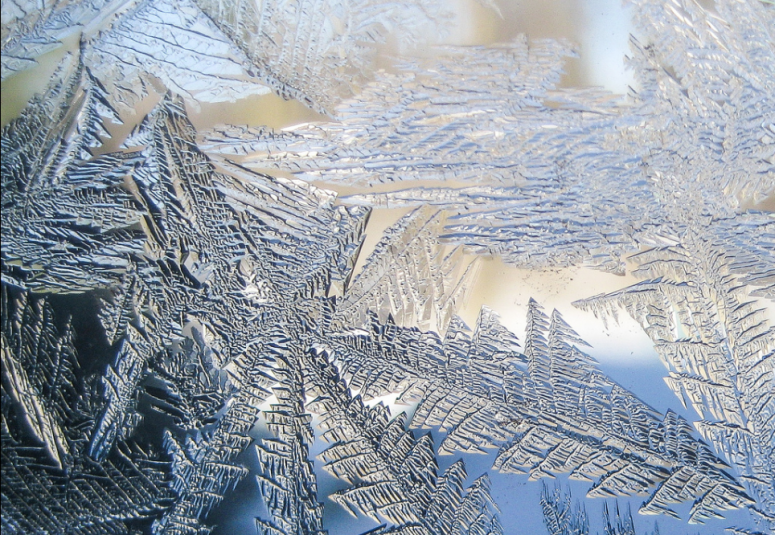
Nicole Monteregina
Warning: This post contains existential beliefs. If you have a perfect, godless knowledge of the meaning of life, discredit my opinion and skip to next post. Otherwise, follow me, blind believers!
Either dirt has a fetish for fine art or God exists.
I say that because every winter crystals form on my office window. It’s an old, single pane window. It has no business living in an energy-efficient world. But its side effects can be mesmerizing.
Last month, during a particularly negative below cold spell, I entered the room to see something like this, only it was much more mathematical. Like something a computer would do in geometry, spilled all over the lower half of my window. But it wasn’t as mechanical as computer art. It was organic. Precise but spontaneous. As if the creator of math and science Himself had sent a memo.
The other windows in my house don’t do this, but this easterly-facing one does on occasion. Does it come from God or chaos?
Either way, it’s exquisite.

Dungeons & Dragons
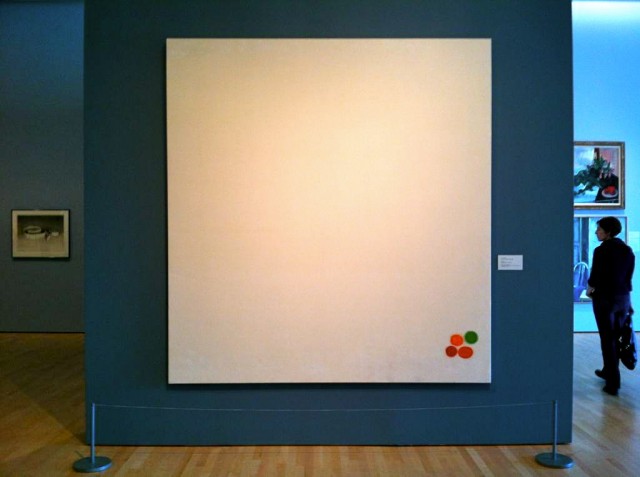
I’m tired of seeing art like this in museums. Last year at my local MOA, someone staged an entire room with nothing but lighting and black pebbles on the floor against an undecorated wall.
My take: Mediocre art like this doesn’t deserve to be in museums. It’s a clunky, cliche, and thoughtless attempt to challenge the definition of art.
We get it. Art can be anything. Pollack and Warhol said so decades ago. Many others before them did the same.
Now stop displaying gimmicky art, museum curators. You’re keeping wall space from more talented and original art.
Snob rant, over and out.

Writer Niven Busch lying on sofa with a newspaper over his face as he takes nap from screenwriting.
Bought the biggest one they had and hung it in our living room.
Makes me want to doze off every time I fall into the sofa.
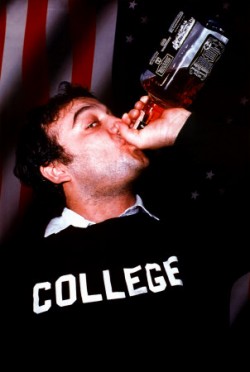 As the value of higher education continues to decline, these are some great alternatives: Start a business, travel the world, create art, make people laugh, write a book, work for a charity, master a game, master a sport. Splendid!
As the value of higher education continues to decline, these are some great alternatives: Start a business, travel the world, create art, make people laugh, write a book, work for a charity, master a game, master a sport. Splendid!
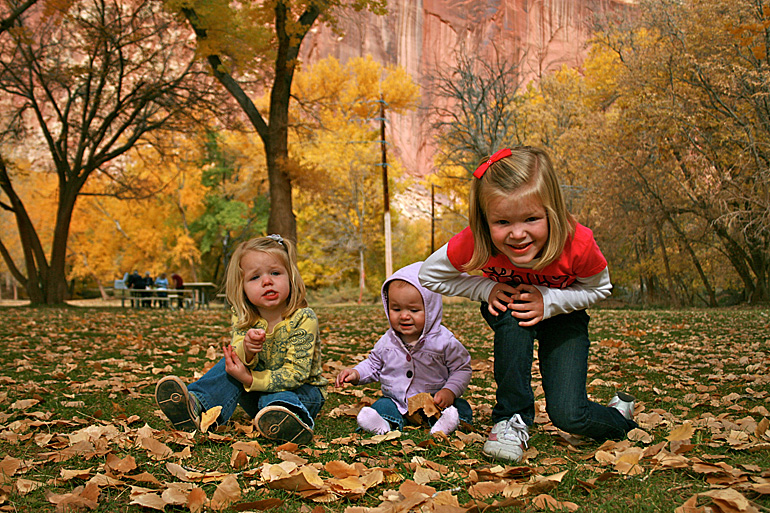
Photo: Blake Snow
Want better (not to mention more memorable) pictures of your landmark travels? Shoot original photos instead of the same, diluted ones everyone else always takes, says photographer Thom Hogan.
“A long time ago I noticed something interesting about my workshops: students took better pictures in Capitol Reef National Park and Escalante-Grand Staircase than they did in Arches National Park and Bryce National Park. I don’t mean technically better; I mean aesthetically better, unique, and more interesting than the ones I see taken at workshops of name parks. It took me a couple of years to figure out why, but it turns out to be one of those hidden dangers of photography (and art in general, actually): unintentional copycatism.”
In summary, it’s easier to take great photos of low-profile places than high-profile ones, because you’re less tempted to recreate the same picturesque shots as everyone else. (If it’s the latter that you want, postcards or desktop wallpapers do a better job.)
Consequently, when visiting your next classic American or International “name park” such as Grand Canyon, the above mentioned Arches, or Paris, “look for the shots that are yours,” counsels Hogan, which result in better-looking photos anyway.
In other words, just say “no” to cliche photography.

As recently seen in a book read to the girls. Anyone know the book?
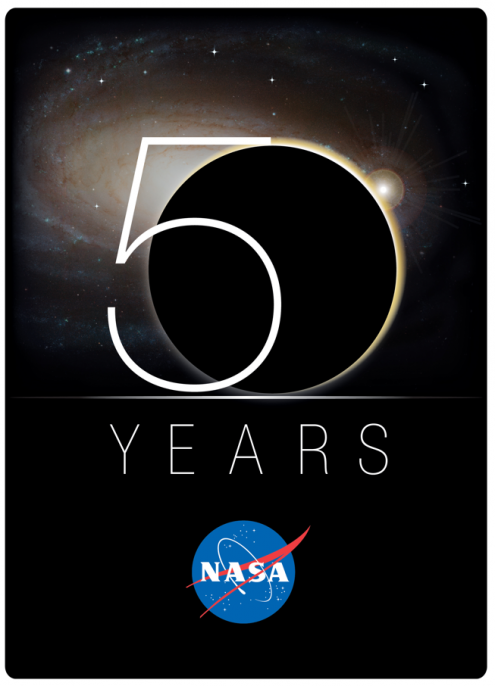
Although I’ve been bored with NASA since the ’80s, this commemorative logo, released in 2008, looks slick.
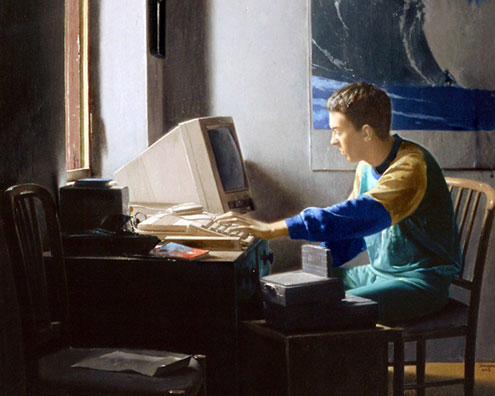
“What is art?” is perhaps the most futile question ever asked. It’s like trying to argue what the best color is.
But I think I’ve found what the definition of great art is: a visible, audible, or experiential creation that gets people talking. Yes, that includes shock artists that insipidly use controversy to attract publicity. And no, art doesn’t have to be properly marketed or seen by lots of people to make it great. But if an original creation, whether accidental or intended, doesn’t make a lasting impression on at least one beholder, it can’t be great art. Am I wrong?
Panting by Jonathan Janson, a Vermeer impressionist





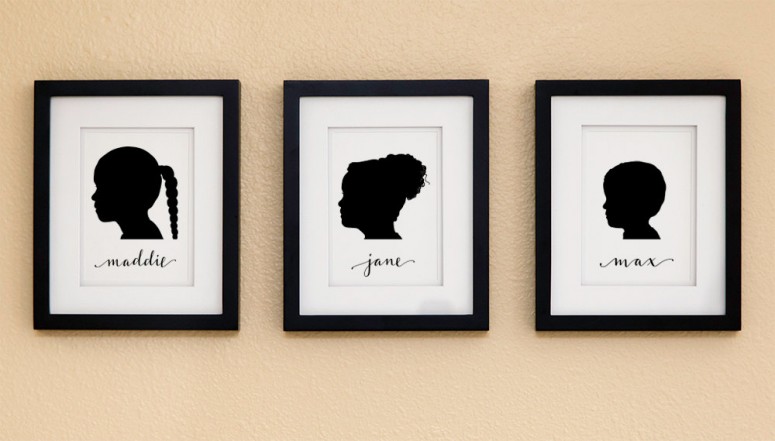






 As the value of higher education continues to decline,
As the value of higher education continues to decline, 


